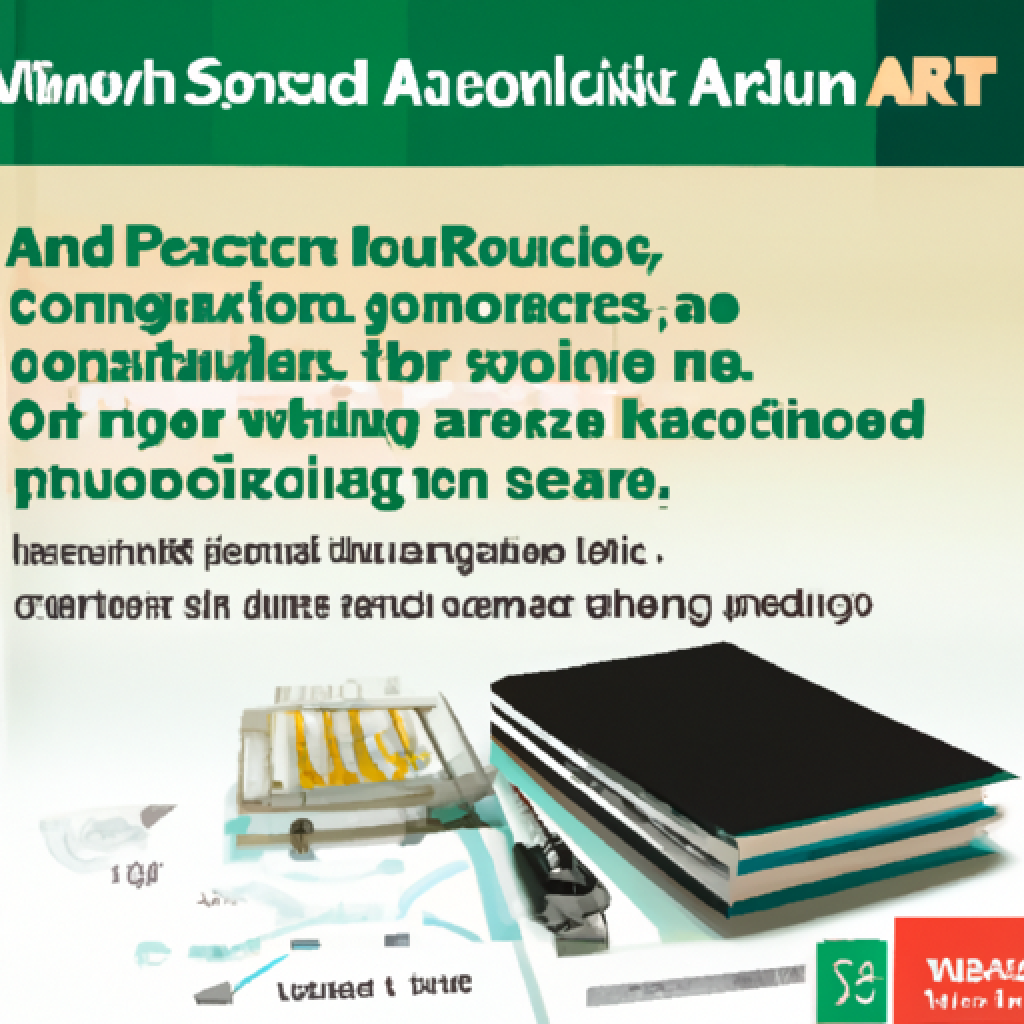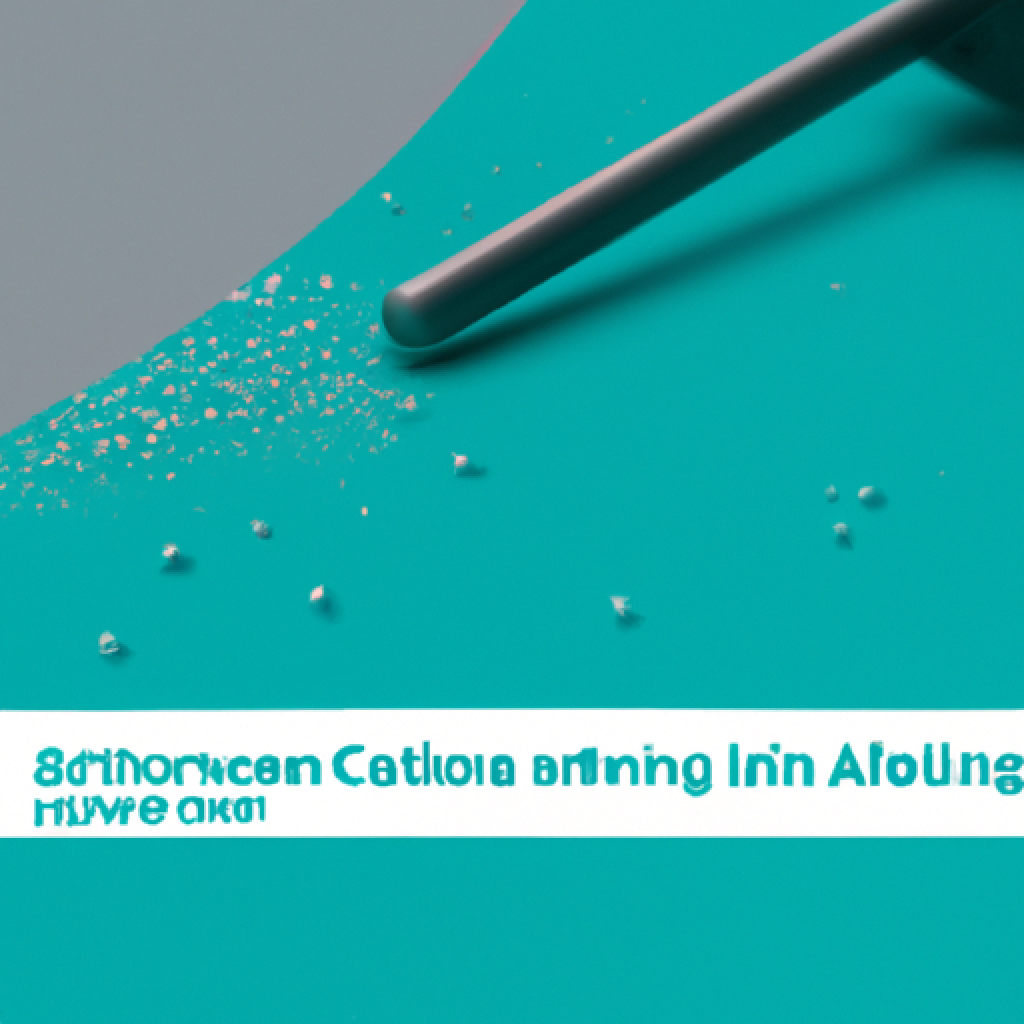Why Is AR Coating So Expensive?

I’ve always been curious about why AR coating is so expensive. It’s one of those things that seems like a no-brainer – a thin film coating that enhances the clarity of lenses by reducing reflections and glare. But when it comes to the price tag, it’s hard not to wonder what exactly makes it so costly. Is it the materials? The production process? Or is it all just a clever marketing ploy? In this article, I’ll be exploring the world of AR coating to uncover the reasons behind its hefty price tag and whether or not it’s actually worth the investment.
Understanding AR Coating
Defining AR Coating
AR (Anti-Reflective) coating is a thin layer of material that is applied to the surface of an optical lens or glass to reduce reflections. It allows more light to pass through the lens, improving the clarity, sharpness, and contrast of the image seen through the lens.
Origins and Development of AR Coating
The development of AR coating can be traced back to the early 20th century when scientists and engineers began experimenting with coatings to reduce reflections on lenses. It was during the 1930s that the first commercial AR coatings were introduced, using multilayer techniques to achieve improved optical performance.
Over the years, AR coatings have undergone significant advancements in terms of design, materials, and application techniques. Today, modern AR coatings utilize advanced technologies and sophisticated manufacturing processes to provide enhanced optical performance.
Function and Importance of AR Coating
AR coatings effectively eliminate reflections by minimizing the difference in refractive index between the lens and the surrounding air, thus reducing the light scattering and allowing more light to pass through the lens. This results in increased light transmission and improved visual clarity.
The importance of AR coating lies in its ability to enhance the performance of optical devices such as eyeglasses, camera lenses, binoculars, microscopes, and display screens. By reducing glare and improving light transmission, AR coating significantly enhances the user experience and the overall performance of these devices.
The Production Process of AR Coating
Selection of Materials
The production process of AR coating begins with the careful selection of high-quality materials. These materials include specialized coatings, solvents, and chemicals that are crucial for achieving the desired optical properties. The selection of materials is critical as it directly affects the performance and durability of the coating.
Deposition of the AR Material
Once the materials are chosen, the next step is the deposition of the AR material onto the lens or glass surface. This is done through various techniques such as physical vapor deposition or chemical vapor deposition. The deposition process involves heating the coating material to a high temperature, causing it to evaporate and condense onto the surface.
Evaporation and Vacuum Process
In order to achieve a uniform and high-quality coating, the deposition process is carried out under a vacuum. This helps to eliminate impurities and ensure proper adhesion of the coating material to the lens surface. The evaporation and vacuum process requires specialized equipment and skilled technicians to closely monitor the deposition parameters.
Coating Layering
To optimize the performance of the AR coating, multiple layers of different materials are often applied. These layers are carefully designed to reduce reflections and enhance light transmission. The number and composition of the layers can vary depending on the specific application and desired optical properties. Each layer adds complexity to the production process and requires precise control to ensure consistent and accurate results.

Factors That Contribute to AR Coating Cost
High-Quality Materials
The use of high-quality materials is essential for producing AR coatings that meet the stringent optical requirements. These materials can be expensive and may need to be sourced from specialized suppliers, resulting in higher production costs.
Complexity of Production Process
The production process of AR coating is complex and requires precise control of various parameters such as temperature, deposition rates, and layer thickness. This complexity increases the cost of production as it requires skilled technicians and advanced equipment.
Expensive Equipment Required
The deposition machines and equipment used in the production of AR coatings are highly specialized and expensive. These machines need to meet strict tolerances and require regular maintenance and updates, further adding to the overall cost.
Technical Expertise Needed
AR coating production requires a high level of technical expertise, particularly in the areas of materials science, optics, and vacuum technology. Skilled labor is essential for operating the equipment, monitoring the deposition process, and ensuring quality control. The investment in hiring and training skilled technicians adds to the cost of production.
The High Price of Materials
Unique and Scarce Materials
One factor contributing to the high price of AR coating is the use of unique and scarce materials. These materials are specifically designed and engineered to provide optimal optical properties. The limited availability and specialized nature of these materials drive up the cost.
High-Quality AR Glass
AR coatings are often applied to high-quality glass substrates, which themselves can be expensive. The use of premium glass ensures superior optical performance but also adds to the overall cost of production.
Import and Supply Chain Costs
The international nature of the optical industry means that materials and components used in AR coating production may need to be imported from different countries. Import duties, shipping costs, and supply chain complexities can significantly increase the overall cost.

Advanced Machinery in AR Production
High-Tech Deposition Machines
The production of AR coatings requires advanced deposition machines that can precisely control deposition parameters. These machines utilize complex technologies such as ion beam sputtering or plasma-enhanced chemical vapor deposition. The cost of acquiring and maintaining such high-tech machines adds to the overall production cost.
Cost of Maintenance and Updates
To ensure optimum performance and quality of the coating machines, regular maintenance and updates are necessary. Skilled technicians and specialized service providers are required to carry out these tasks, further increasing the cost.
Energy Consumption and Management
The production of AR coatings involves the use of energy-intensive processes such as heating, evaporation, and vacuum operations. The energy consumption contributes to the overall production cost, and efficient energy management is crucial to reduce these costs.
Skilled Labor and Expertise
Need for Highly Skilled Labor
The production of AR coatings requires a highly skilled workforce with expertise in optical engineering, materials science, and complex manufacturing processes. The salaries and benefits associated with such skilled labor significantly impact the overall cost.
Industry Training and Accreditations
To maintain a highly skilled workforce, ongoing training and professional accreditations are necessary. These training programs and certifications involve additional costs for the employers, further contributing to the overall production cost.
Salary, Benefits, and Training Costs
Attraction and retention of skilled labor come at a cost, as employers need to offer competitive salaries, benefits, and training opportunities. The investment in human resources adds to the production cost, but it is necessary to maintain quality and expertise in AR coating production.

Quality Control and Regulation Compliance
Extensive Testing and Compliance Checks
To ensure the quality and performance of AR coatings, extensive testing and compliance checks are conducted throughout the production process. These tests involve expensive equipment and highly skilled technicians to ensure that the coatings meet industry standards and regulations.
Meeting Industry Standards and Regulations
The optical industry is subject to strict regulations and standards to ensure the safety and reliability of optical products. Compliance with these standards requires investment in quality control measures, documentation, and reporting, all of which add to the production cost.
Costs Associated with Quality Remediation
In the event of quality issues or failures, the cost of remediating and rectifying the problem can be significant. This includes investigating the root cause, implementing corrective measures, and retesting the coatings. The cost of quality remediation further contributes to the overall production cost.
AR Coating Research and Development
Continual Innovation and Improvement
The field of AR coating is continually evolving, with ongoing research and development efforts aimed at improving optical performance and developing new coating materials and techniques. Investing in R&D adds to the overall cost of AR coating production.
Dedicated R&D Departments
Many optical companies have dedicated research and development departments that focus on advancing the field of AR coating. These departments require skilled researchers, specialized equipment, and resources, all of which come at a cost.
Patents and Intellectual Property Costs
Companies investing in AR coating research and development often file patents to protect their innovations. The costs associated with patent applications, maintenance, and intellectual property protection contribute to the overall cost of production.

Impact of the Market
Supply and Demand Dynamics
The AR coating market is influenced by supply and demand dynamics, which can affect the pricing. Fluctuations in demand, changes in raw material costs, and the competitive landscape can all impact the pricing of AR coatings.
Competitive Environment
The competitive nature of the optical industry drives companies to differentiate their products through innovation and quality. This can lead to higher production costs as investment in research, technology, and marketing is required to stay ahead in the market.
Price Positioning and Strategy
Companies adopt different pricing strategies to position themselves in the market. Some may choose to offer premium AR coatings at higher prices, targeting customers who value quality and performance. The pricing strategy adopted by each company can impact the overall cost of AR coatings.
Is AR Coating Worth the Extra Cost for Night Driving?
Ar coating for night driving can significantly enhance visibility by reducing glare from oncoming headlights and streetlights. This coating improves light transmission, decreases reflections, and provides clearer vision, making it worth the extra cost. With AR coating, drivers can experience increased safety and reduced eye strain during nighttime journeys.
The Hidden Costs Behind AR Coating
Warranty and Customer Service
AR coatings often come with warranties that cover various aspects such as delamination, peeling, or loss of adhesion. Providing warranty coverage and maintaining good customer service involves additional costs that are built into the overall pricing of the coatings.
Environmental and Sustainability Compliance
With increasing focus on sustainability, companies are investing in environmentally friendly manufacturing processes and materials. The implementation of sustainable practices involves additional costs related to compliance, waste management, and responsible disposal.
Waste Management and Disposal Costs
The production process of AR coatings generates waste materials that need to be properly managed and disposed of. The costs associated with waste management, recycling, and proper disposal add to the overall expenses of AR coating production.
In conclusion, the high cost of AR coating can be attributed to various factors. These include the use of high-quality materials, the complexity of the production process, the expensive equipment required, the need for technical expertise, the high price of materials, the advanced machinery used in production, the skilled labor and expertise involved, the costs associated with quality control and regulation compliance, the focus on research and development, the impact of the market, and the hidden costs related to warranty, customer service, environmental compliance, and waste management. Despite the high cost, AR coating plays a vital role in enhancing the optical performance of various devices and is a worthwhile investment for those seeking superior visual clarity and reduced reflections.








